#walther reyer
Text





The Indian Tomb (Fritz Lang, 1959)
#The indian tomb#Fritz Lang#Lang#1959#Das Indische Grabmal#Walther Reyer#Sabine Bethmann#quote#love#hate
158 notes
·
View notes
Text

Romy Schneider-Walther Reyer "El destino de Sissi" (Sissi-Schicksalsjahre einer Kaiserin) 1957, de Ernst Marischka.
10 notes
·
View notes
Photo
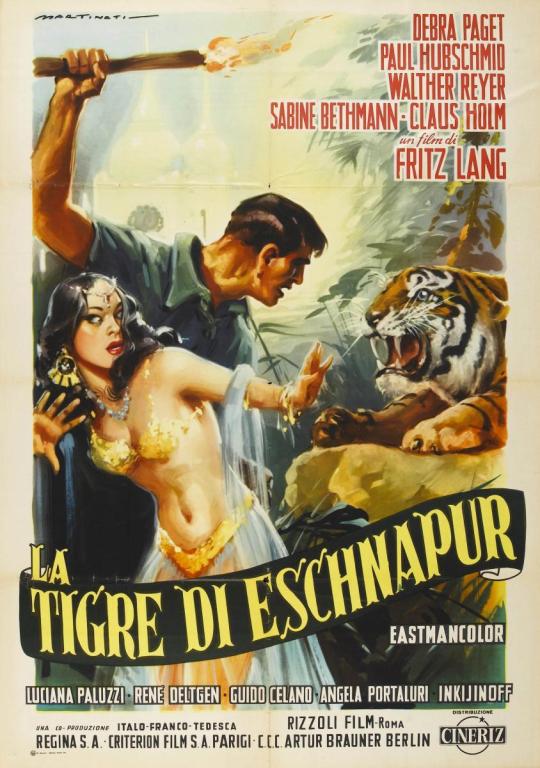
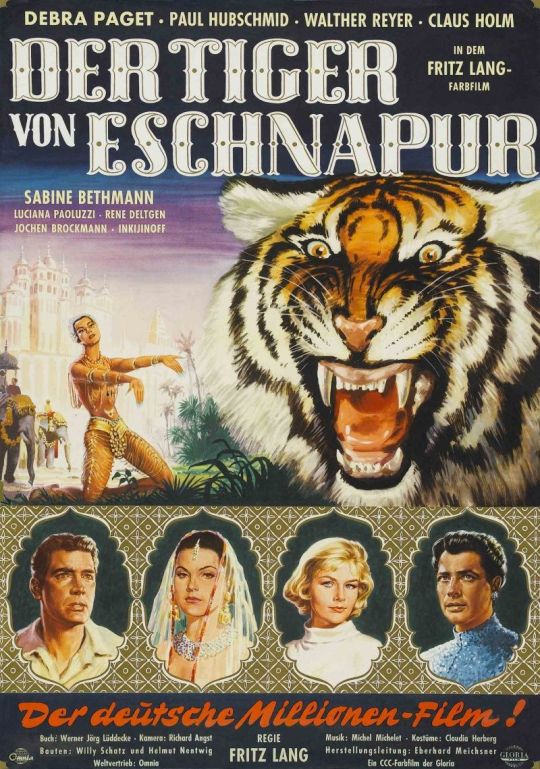

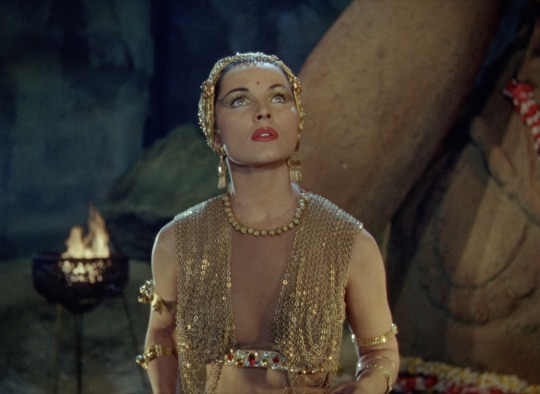
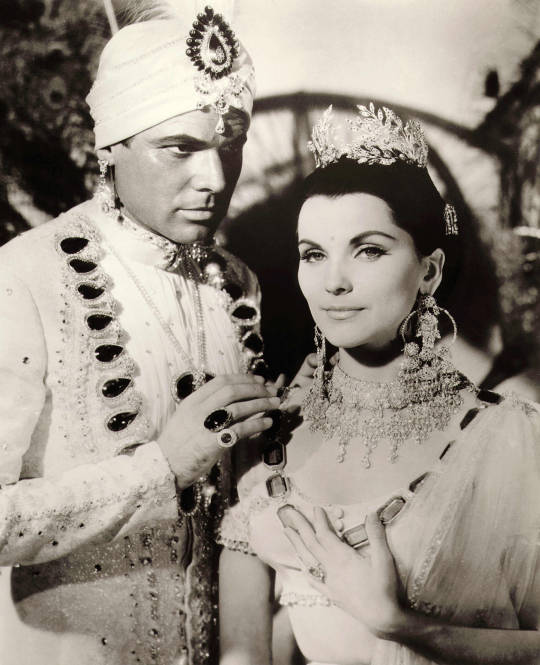

Tigress of Bengal (Der Tiger von Eschnapur) (The Tiger of Eschnapur) (1959) Fritz Lang
August 14th 2021
#tigress of bengal#der tiger von eschnapur#the tiger of eschnapur#1959#fritz lang#debra paget#paul hubschmid#walther reyer#rene deltgen#luciana paluzzi#jochen brockmann#jochen blume#sabine bethmann#claus holm
9 notes
·
View notes
Photo
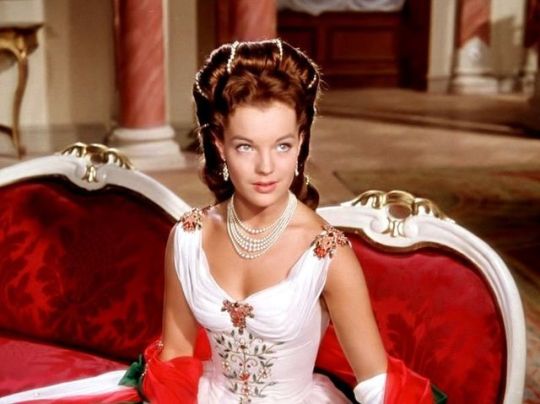
Sissi: Fateful Years of an Empress (1957, Austria)
In three years, Romy Schneider had become the face of Austrian cinema. Appearing as Empress Elisabeth (”Sissi”) of Austria as part of Ernst Marischka’s Sissi trilogy, she is, as always, luminous and gracious in the role that became hers. German-language media would, decades afterwards, sometimes refer to Schneider as “Sissi”. This final film – Sissi: Fateful Years of an Empress – is the least escapist in an otherwise popular, romanticized series that gave Austrians a source of cultural pride while trying to rebuild from the wreckage of World War II. It is also a solid summation of what Ernst Marischka wished to accomplish with these films: an opulent royal drama with enough good-natured humor to attract the widest possible audience. All three films are holiday season television traditions in German-speaking nations and elsewhere, even if the second and third never quite recapture the charm of the first. For Sissi: Fateful Years of an Empress, Marischka assembles his regular cast and crew one last time.
In Sissi: The Young Empress, we witnessed (anachronistically) as Sissi (Schneider) and Emperor Franz Joseph (Karlheinz Böhm) became King and Queen of Hungary, forming the Austro-Hungarian Empire. Court life is insufferable as usual, Franz Joseph’s mother Archduchess Sophie (Vilma Degischer) continues to dictate Sissi’s schedule, and Hungarian Count Andrássy (Walther Reyer) has confessed his love to Sissi. Scandalous! Much of the film concentrates on lingering tensions between Austrians and Hungarians (Sissi is more popular than Franz Joseph in Hungary, given that she has learned Hungarian), Sissi’s extended bout of tuberculosis and recovery in Madeira and Corfu, and ongoing Italian nationalist sentiment in Milan and Venice (at the time, both were possessions of Austria-Hungary).
The trilogy’s regular supporting cast of characters returns: Franz Joseph’s father Archduke Franz Karl (Erich Nikowitz); Sissi’s mother Duchess Ludovika (Magda Schneider, Romy’s mother); Sissi’s father Duke Max (Gustav Knuth); Sissi’s eldest sister Princess Helene (referred to as ”Néné”, Uta Franz); and the recently-promoted comic relief in Major Böckl (Josef Meinrad).
As always, there are historical inaccuracies abound. Sissi’s fight with tuberculosis, though often discussed among Austrians when recounting their history, is probably just an unfounded rumor. Her stay in Hungary’s Gödöllő Palace occurred after that rumored affliction, not before. Lastly, Sissi’s first daughter, Sophie, who appears in the concluding moments, passed away very young after Sissi had temporarily moved to Hungary.
The latter two Sissi films feel like episodes in an extended plot, rather than their own, independent pieces. This should be obvious, but an individual’s appreciation of the sequels is dependent in the familiarity of what has happened before. Almost all of the character development is seen through Sissi, while everyone else remains as they were when we were first introduced to them.
How unfortunate, many Sissi fans will remark, that Romy Schneider came to dislike the role of Sissi so much that she refused to reprise he role when made aware of plans for a fourth film. Indeed, she is the greatest aspect of all three films and she, more than anyone else attached to these projects, should be able to say when there is nothing more she can provide to the character (Romy’s mother, Magda, lobbied her daughter to agree to the fourth film). Perhaps the role of Sissi might not have been the most dramatically demanding role that any actress might ever encounter, but with this valedictory performance that ranges between personal confidence to royal exasperation to physical fragility, it is the most layered portrayal of Empress Elisabeth yet, even if it is not the most appealing. Schneider, after Sissi, sought to develop her talents under some of Europe’s most noted auteurs all while occasionally starring in Hollywood films. Schneider would make one final appearance as Empress Elisabeth in Luchino Visconti’s Ludwig (1972, Italy/France/West Germany), but that interpretation of Sissi – misanthropic, scheming – is unlike anything seen in Marischka’s trilogy.
For co-star Böhm (who is simply sufficient here), a promising career stalled with the critical and commercial failure of Michael Powell’s Peeping Tom (1960), in which Böhm stars as the film’s cinematographer/photographer/serial killer. The sexual themes of Peeping Tom poisoned Böhm’s appeal to film producers, although he would continue working until 1980. From 1981 onward, he and his wife concentrated almost entirely on humanitarian work in Ethiopia.
As he did for the previous films, Marischka also co-produced and wrote the screenplay himself. Moreso than Sissi and Sissi: The Young Empress, this film tackles European politics from its opening minutes. Marischka’s take on how Hungarians, Milanese, Venetians, and others viewed Austria-Hungary is portrayed through some of the rosiest tinted glasses one could possibly find – the harshest words for the Austrian royals are mild, soon won over by Sissi’s deference, beauty, and charm. The intensity of the Empire’s ethnic relations and political power plays are minimized, assuming Franz Joseph’s and Elisabeth’s inherent righteousness. She must, according to the ever-demanding Archduchess Sophie, be at his side in these political affairs, but do and say little. But Sissi is not the passive type, and she assists in the well-mannered, considerate ways that she can.
This is best exemplified in the scene where Sissi and Franz Joseph attend a production of La Traviata at La Scala, an esteemed Milanese opera house. As the royal couple are about to take their seats to the tune of “Kaiserhymne” (music by Joseph Hayden and lyrics by Lorenz Leopold Haschka; you may recognize the melody as the German national anthem). Midway through the Austrian anthem, the orchestra abruptly switches to “The Chorus of the Hebrew Slaves” from Verdi’s opera Nabucco; the Italian nationalists in the audience stand up, backs towards the Emperor and Empress, singing in unison. Instead of leaving the opera (as others might have done) during this act of defiance, Sissi wants to hear the nationalists out and applauds when the piece is finished. Stunned by her magnanimous applause, the Milanese – actually the servants of the nobles who were refused to show up – are heartened by the respect she has shown to their demonstration. From a musical standpoint, this Verdi chorus was used as a protest song in nineteenth-century Italy for those wishing to see a unified Italian state; its popular use in Italian society was probably not what Verdi was intending, but that is the reputation the composition garnered (a reputation advanced by this film).
As they have been throughout, those working on the film’s technical departments are doing tremendous work. Costume designers Leo Bei and Gerdago have spectacular uniforms, gowns, dresses, and suits in every single moment of this film. Composer Anton Profes returns with Sissi’s violin-heavy leitmotif repeated across the trilogy. Production designer Fritz Jüptner-Jonstorff carries over much of his incredible work recreating dance halls and imperial palace hallways and rooms when Sissi is in Austria. Nowhere does it confirm or deny that the production shot at La Scala, so I cannot credit Jüptner-Jonstorff with what might be a fantastic reproduction of the terraced seating of the music hall. Cinematographer Bruno Mondi, hamstrung by all the interiors in the second film, is once more confined to imperial quarters. But the final sequence in Venice, utilizing the enormity of Piazza San Marco, is appropriately epic in scope and beautifully framed to conclude three years of a landmark in Austrian cinema.
The Sissi trilogy never appeared in their original theatrical cuts in the United States. Some years after, Paramount purchased the rights to distribute Sissi to American cinemas, but decided to splice the three films together into an abridged version. That version is Forever My Love (1962), and it is not recommended for any viewers interested in watching the Sissi films.
For an Austria just beginning to reassert its autonomy after years of destruction and desolation, the Sissi series offered respite from economic and political woes and a celebration of being Austrian. Some detailed parts of the storytelling and cultural references will escape the detection, the understanding of many. What remains for all to see is an amiable trilogy where a princess become and Empress, where a young girl accepts the duties of her public position and become a unifying force for a nation of different, conflicting peoples. Where Sissi is beginning to understand the desires and fears of the non-Austrians in the empire and the practices of the imperial family, she never loses her indispensable empathy for others. For all those who may see these films and even for those who see these works as sugary fictions, may we learn and live by that example.
My rating: 7/10
^ Based on my personal imdb rating. My interpretation of that ratings system can be found here.
Also in the Sissi trilogy: Sissi (1955) and Sissi: The Young Empress (1956)
#Sissi#Sissi: Fateful Years of an Empress#Ernst Marischka#Romy Schneider#Karlheinz Bohm#Magda Schneider#Gustav Knuth#Josef Meinrad#Erich Nikowitz#Uta Franz#Walther Reyer#Peter Neusser#Bruno Mondi#Fritz Juptner Jonstorff#Gerdago#Leo Bei#Anton Profes#TCM#My Movie Odyssey
10 notes
·
View notes
Photo










L’oeil du malin (Claude Chabrol, 1962).
9 notes
·
View notes
Photo



Walther Reyer as COUNT ANDRÁSSY in Sissi: Die junge Kaiserin (1956)
#perioddramaedit#perioddramagif#perioddramasource#weloveperioddrama#sissiedit#costumeedit#period costume#sissi trilogy#count andrássy my beloved#andrássy gyula
81 notes
·
View notes
Photo








91 notes
·
View notes
Text








The Indian Tomb (Fritz Lang, 1959)
#Films watched in 2024#The indian tomb#Fritz Lang#Lang#1959#Das Indische Grabmal#Walther Reyer#Sabine Bethmann#Debra Paget#siete#sequel#Paul Hubschmid#adventures#love#back#sculpture#India
124 notes
·
View notes
Photo



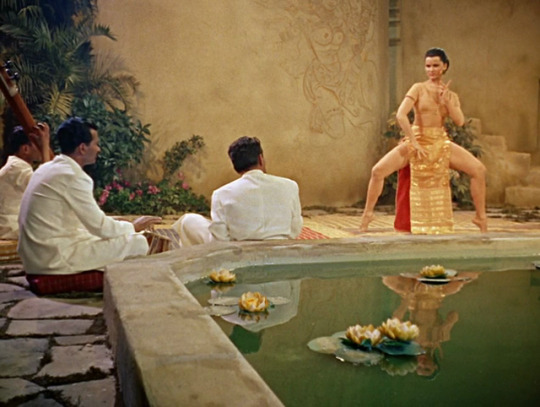

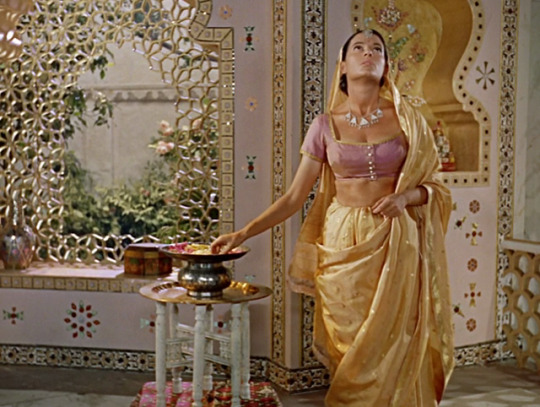
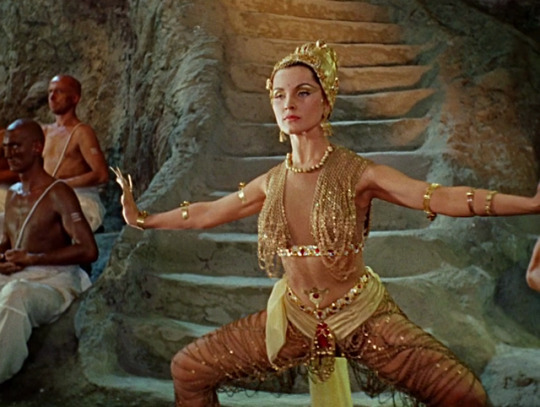


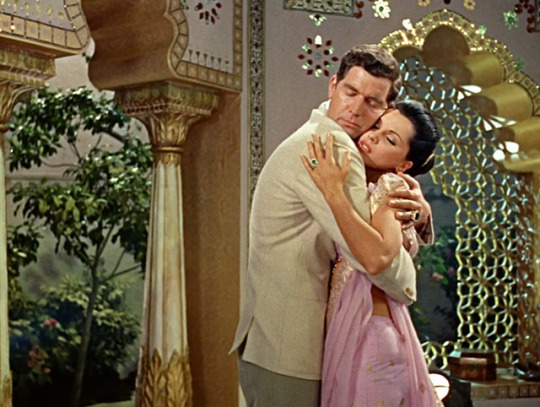
The Tiger of Eschnapur (Fritz Lang, 1959)
#films watched in 2022#The Tiger of Eschnapur#Fritz Lang#Der Tiger von Eschnapur#Debra Paget#Walther Reyer#Paul Hubschmid#india#fashion#adventure#love#1959#tiger#ocho#architecture#hug#hugs#water#reflection#jewellery
216 notes
·
View notes
Photo


The Tiger of Eschnapur (Fritz Lang, 1959)
#The Tiger of Eschnapur#Fritz Lang#Der Tiger von Eschnapur#quote#time#word#metaphor#Paul Hubschmid#Walther Reyer#1959
218 notes
·
View notes